Peter Späth - Beginning Java MVC 1.0: Model View Controller Development to Build Web, Cloud, and Microservices Applications
Here you can read online Peter Späth - Beginning Java MVC 1.0: Model View Controller Development to Build Web, Cloud, and Microservices Applications full text of the book (entire story) in english for free. Download pdf and epub, get meaning, cover and reviews about this ebook. year: 2020, publisher: Apress, genre: Computer. Description of the work, (preface) as well as reviews are available. Best literature library LitArk.com created for fans of good reading and offers a wide selection of genres:
Romance novel
Science fiction
Adventure
Detective
Science
History
Home and family
Prose
Art
Politics
Computer
Non-fiction
Religion
Business
Children
Humor
Choose a favorite category and find really read worthwhile books. Enjoy immersion in the world of imagination, feel the emotions of the characters or learn something new for yourself, make an fascinating discovery.
- Book:Beginning Java MVC 1.0: Model View Controller Development to Build Web, Cloud, and Microservices Applications
- Author:
- Publisher:Apress
- Genre:
- Year:2020
- Rating:3 / 5
- Favourites:Add to favourites
- Your mark:
Beginning Java MVC 1.0: Model View Controller Development to Build Web, Cloud, and Microservices Applications: summary, description and annotation
We offer to read an annotation, description, summary or preface (depends on what the author of the book "Beginning Java MVC 1.0: Model View Controller Development to Build Web, Cloud, and Microservices Applications" wrote himself). If you haven't found the necessary information about the book — write in the comments, we will try to find it.
Get started with using the new Java MVC 1.0 framework for model, view, and controller development for building modern Java-based web, native, and microservices applications.
Beginning Java MVC teaches you the basics, then dives in to models, views, controllers. Next, you learn data binding, events, application types, view engines, and more. You will be given practical examples along the way to reinforce what you have learned. Furthermore, youll work with annotations, internationalization, security, and deployment.
After reading this book, youll have the know how to build your first full Java-based MVC application.
What You Will Learn
- Discover the Java MVC 1.0 APIs and how to use them Master the Model, View and Controller design pattern
- Carry out data binding
- Write events
- Work with view engines
Who This Book Is For
Those new to Java MVC 1.0. Some prior experience with Java programming recommended, especially with JSF or Struts.Peter Späth: author's other books
Who wrote Beginning Java MVC 1.0: Model View Controller Development to Build Web, Cloud, and Microservices Applications? Find out the surname, the name of the author of the book and a list of all author's works by series.

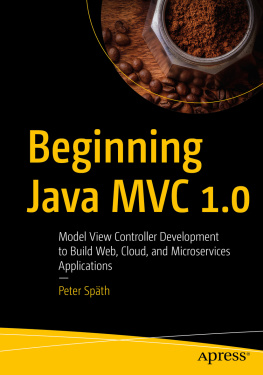
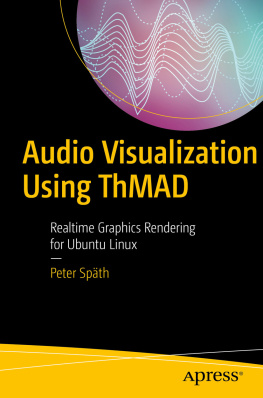
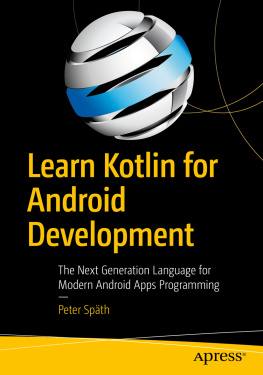


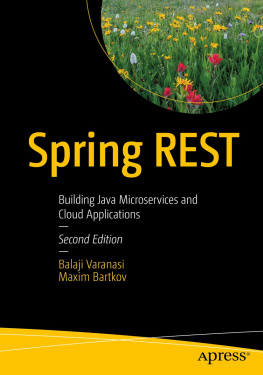
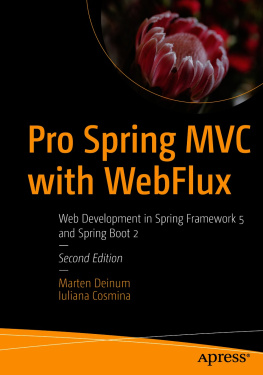
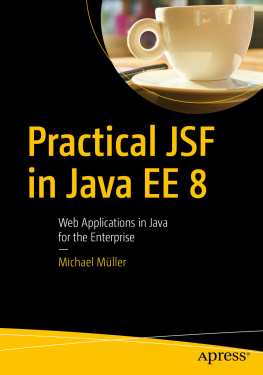

![Michael Müller [Michael Müller] - Practical JSF in Java EE 8 : Web Applications ​in Java for the Enterprise](/uploads/posts/book/124065/thumbs/michael-mg-ller-michael-mg-ller-practical.jpg)
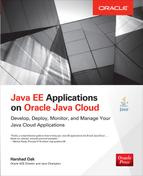
![Vishal Layka [Vishal Layka] - Learn Java for Web Development: Modern Java Web Development](/uploads/posts/book/119395/thumbs/vishal-layka-vishal-layka-learn-java-for-web.jpg)
![Wallace Jackson [Wallace Jackson] - Beginning Java 8 Games Development](/uploads/posts/book/119391/thumbs/wallace-jackson-wallace-jackson-beginning-java.jpg)
![Ken Finnigan [Ken Finnigan] - Enterprise Java Microservices](/uploads/posts/book/119364/thumbs/ken-finnigan-ken-finnigan-enterprise-java.jpg)




